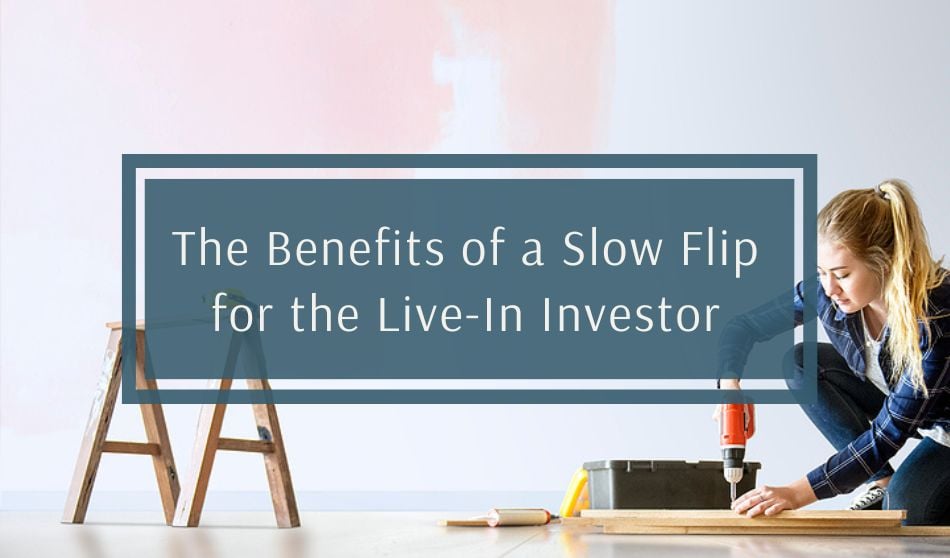
A slow flip could be your ticket into first-time real estate investing if you’ve been considering investment options. And, it’s not a one-time only opportunity. Once you jump into slow-flipping houses, you’ll be able to repeat the process and take advantage of the benefits.
What is a slow flip?
A slow flip is when someone purchases and lives in a home (between 2-5 years) during renovations and repairs with the intention of selling for a profit.
Slow flip investing goes by a few different names:
2-year flip
Owner-occupied flip
Slow-flipping
Live-in house flipping
As the name implies, similar to a fix and flip, the goal for a live-in investor is to realize investment income (profit) but with a long-term approach.
Benefits of slow flipping properties
Unlike paying rent, your mortgage payments could be mitigated by realizing a profit when it sells.
Additionally, unlike rent payments, purchasing a home comes with tax advantages while you live there in the way of mortgage interest tax deductions.
The main benefit of a slow flip property is realized after it sells regarding the advantage related to capital gains. Typically when you sell a home, you will pay tax on the sale’s profit, meaning the difference between the original purchase price and the selling price.
Traditionally, you would pay a capital gains tax on the amount of profit from the sale of the home. However, with a slow flip, profits (of up to $250,000 filing single or $500,000 for married couples) will not be taxed.
With the slow flip strategy, you’ll likely realize a higher profit if done well because of the repairs, renovations, and improvements. Within some limitations, you will not be taxed on the capital gains of that sale.
Limitations of a slow-flip
Before making any financial or real estate investment consult the experts, your accountant and real estate attorney will be up-to-date with regulations, tax implications, and the details to help you make and execute your business decisions.
As of this publication date, the information available indicates that to benefit from a slow flip, a homeowner must live in the home for a minimum of two years and a maximum of 5 years from the original purchase date.
As with any investment, house flipping using any strategy has limitations and considerations. To avoid house flipping mistakes, it’s important to know the risks to avoid the pitfalls.
Is a slow flip right for you?
Before taking on a slow flip investment, some essential questions to ask yourself are:
Do you have the extra funds?
Beyond the expected costs of homeownership (maintenance, insurance, etc), you’ll need to budget for the cost of repairs and renovations. As you start renovating, you might uncover unexpected issues not found during the purchase inspections, so you’ll need contingency money for the unexpected.
When selling the home, many purchase loans require you to use a licensed contractor for larger fixes and updates, which add to the cost.
Do you have the extra time and attention to put into the updates?
You’ll need to find time upfront before starting the improvements for project planning, budgeting, and purchasing supplies and equipment. You may need to spend time getting permits and working with contractors.
You’ll need to find time between your interests and obligations to tackle the renovations and updates. Fortunately, you will have two to five years to complete them.
Can you afford to wait out market fluctuations?
The housing market can be unpredictable, and interest rates can fluctuate. This can be an advantage or disadvantage, depending on the housing climate. Fortunately, if you can complete the repairs and renovations before the 2-year mark, you’ll be able to time the sale within the final 3-year window to get the best return for your investment.
If you are good at project planning and budgeting, have the time and don’t foresee obstacles like health issues or financial constraints, the slow flip, live-in investor strategy might be for you.
Flipping earlier than two years?
Although you may still need to pay capital gains tax, you can still take advantage of a potential profit by doing a slower fix and flip like Amy Frazier did. Highlighted in a Flip Houses Like a Girl podcast, host Debbie DeBerry (aka The Flipstress®) interviews Amy about her 12-month slow flip that netted her a $160k profit.
Check out the podcast with transcript here: Amy Profits $160k on 12-month Slow Flip
Before you invest in a project home to flip, check with your lender first: many loans require a waiting period before selling after purchase. An FHA loan comes with a 90-day rule before reselling. Other loans may require that you live in the home for at least a year.
Already living in a home that could be slow-flipped?
Remember, if you are already living in a home that could use some updates and repairs and you think you could sell before you’ve hit the 5-year mark of ownership, then you might qualify to take advantage of not paying capital gains on the profit from the sale. Check with your accountant for details.
In the market for a new home? Consider trying a slow flip if you’re interested in investing in real estate.
Already past the 5-year slow flip window?
Improvements, repairs, and rehabbing add value to the home. Yes, you may have to pay capital gains tax on profits made on the sale of your home. But if you are looking to relocate, want to downsize to a smaller home, or just want to move, a few updates might make the profit margin high enough to be worth it.
Home improvement projects to consider
When looking to update your home, whether you take advantage of a slow flip, sell after 5 years, or continue to live there, minor improvements can make a big difference to the property’s value.
A little paint catches the eye. Painting an entire exterior or interior can get costly if outsourced, so if necessary, you might want to DIY the project. But small paint jobs can go a long way to making the home look refreshed. For example, giving an exterior door or interior accent wall a pop of color can attract interest from a prospective buyer.
Update fixtures and lighting. Old fixtures like door knobs, drawers, and cupboard handles can make a home look outdated. Unless the fixtures are vintage or in line with the home’s aesthetics, you can easily purchase new fixtures to give the home an updated look.
Just like old fixtures, old lighting that doesn’t fit the home’s feel or is outdated could be replaced easily. Some rooms might benefit from a ceiling fan/light combination when updating lighting. Check to ensure the wiring for that light fixture is compatible with adding the fan component.
Replace old mirrors. In very old homes, mirrors tend to show their age, and replacing them can make a big difference. Consider new framing for mirrors as well.
Change out toilets. Unless the current toilet is pristine, replacing it is a good idea. The good news is that you don’t have to spend much money as there are reasonably priced options on the market. .
Give the exterior some love. Landscaping the front yard, back yard, and side yard take some time but will add to the curb appeal and value of the home.
Slow Flip Summary
Once you’ve done one slow flip, you can repeat the process. In this way, you might be able to afford more expensive homes or take part of the profits and invest in other real estate endeavors like rental investing.
Slow flipping makes investing in properties accessible to those willing to put in sweat equity and move periodically.
You must live in the home for a minimum of two years, and the home must sell within 5 years of the original purchase.
As of this publication date, capital gains from the profit up to $250,000 filing single or $500,000 for married couples are tax-free.
Minor improvements like updating fixtures and features, painting, and landscaping can significantly improve the likelihood of a profitable sale so you can move on to your next investment adventure.

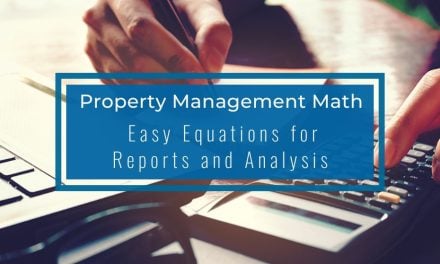
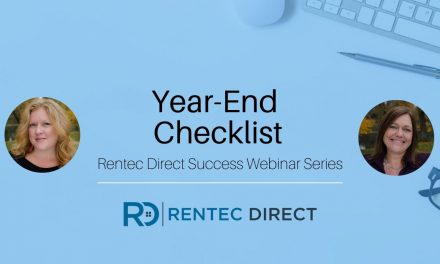
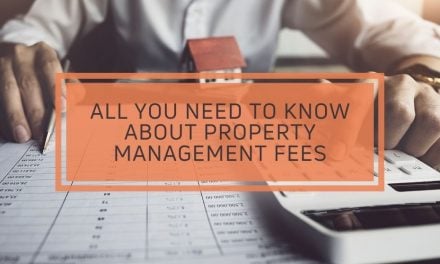
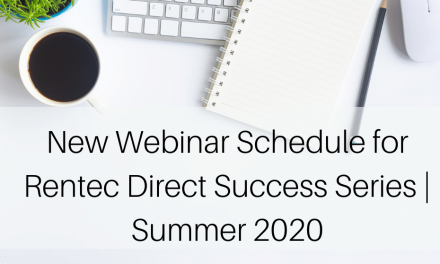

The below section your article on slow flips is false:
“ As of this publication date, the information available indicates that to benefit from a slow flip, a homeowner must live in the home for a minimum of two years and a maximum of 5 years from the original purchase date.”
There is no five year limit on living in the home, nor has there ever been. The IRS rule states that you only need to have lived in the home two of the previous five years from the sale date to be able to exempt yourself up to $250/$500k in capital gains. Otherwise, it’s a great article. I have done this successfully for several properties over a period of time, and highly recommend it.
Sincerely,
Steve